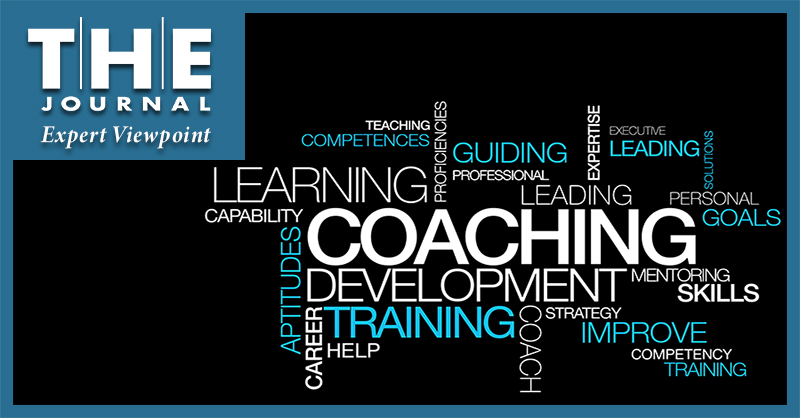
With so-called learning loss from the pandemic continuing to harm students, schools can't just return to normal methods of teaching math. Fortunately, researchers have a strong understanding of how people learn math, just as they did with the now widely accepted science of reading. However, that understanding is taking too long to filter into classroom instruction.
How can district leaders best mobilize the tutoring infrastructure they’ve invested in over the last 18 months?
Ransomware is the most significant information security threat in the education sector, and K–12 schools and colleges and universities are both targets.
The request for proposal, or RFP, process can be daunting and can include dozens of pages of documents, as required by law. Two ed tech leaders who have received hundreds of RFPs share best practices and 5 common pitfalls in education RFPs to help K-12 schools and administrators streamline the process, save time, and in some cases, even save money.

While addressing the needs of all students (especially after a global pandemic) could never boil down to a common formula, educators as well as families and tutors must rely on proven methods for teaching foundational literacy skills, says a literacy instruction expert from ReadingPartners.org, who offers five key elements that every literacy learner needs.

With more ed tech being underutilized than not in K-12 schools across the United States, an education researcher from Logitech offers methods for evaluating ed tech hardware tools and strategies for using them after purchase, paving the way for better returns on ed tech spending and more positive impacts on student achievements.
Zero trust provides an architectural approach to address the need for a unified security solution in today’s fragmented space. Zero trust brings explicit control to the IT environment where all devices and entities must be known — authenticated and authorized; their behavior must be explicitly allowed; and their actions must be understood and monitored. These principles are in stark contrast to what most organizations follow today.

A longtime educator and expert in Competency-Based Education teaching models argues that there is a significant misalignment between the vehicles through which students communicate what they know and can do and the opportunities available in the workforce, and he says K-12 education should be implementing skills tracking, which would fix the issue for both students and employers.
A Fortinet Field CISO and education cybersecurity expert explains when SASE can be a good solution for public school IT leaders and what they should consider first.

An expert in cloud data backups explains that Instead of “adding extra fences” that hackers could potentially get around, schools are better off ensuring data is recoverable no matter the circumstance, and why object storage-based data backups are a better, safer, and more affordable solution.